As free as participants are in choosing their itinerary, there are still a number of restrictions. The mandatory media repository points, of course, but in addition to the so-called exclusion zones. These areas have been set up for safety reasons: on the one hand to prevent sailors from finding themselves in too severe weather conditions, and on the other hand to keep them closer in the event of a possible rescue operation. . However, this means that sailors from Cape Town to Hobart cannot choose the most direct (and therefore shortest) route, and therefore circumnavigate the globe slightly. The latter, with the pressure of the Hobart deadline on your shoulders, can become a problem. Especially since there is a time penalty for entering the exclusion zones.
For the Chichester class, the rules can be adjusted
But it’s different for Guy Waites, who has fallen far behind due to numerous growths on his underwater hull in the Atlantic Ocean and has to travel an average of 132 miles a day to reach Hobart on time. As the (sole) competitor in the Chichester class, he will not be penalized for sailing in the exclusion zone. At least it seemed to have been decided overnight over the past week.
This probably didn’t influence Waites’ decision to enter the exclusion zone, but – especially given the deadline – so it’s no surprise that Waites took the opportunity to enter the area with impunity to escape a high pressure area. . Almost immediately, it turned out to be the right decision, as Waites covered the most miles in the fleet in 24 hours over several days, breaking both his 24-hour record and his seven-day distance record. The Briton made further progress by 1039 miles last week. With around 3,500 miles to go, it remains exciting to see if he will meet the deadline.
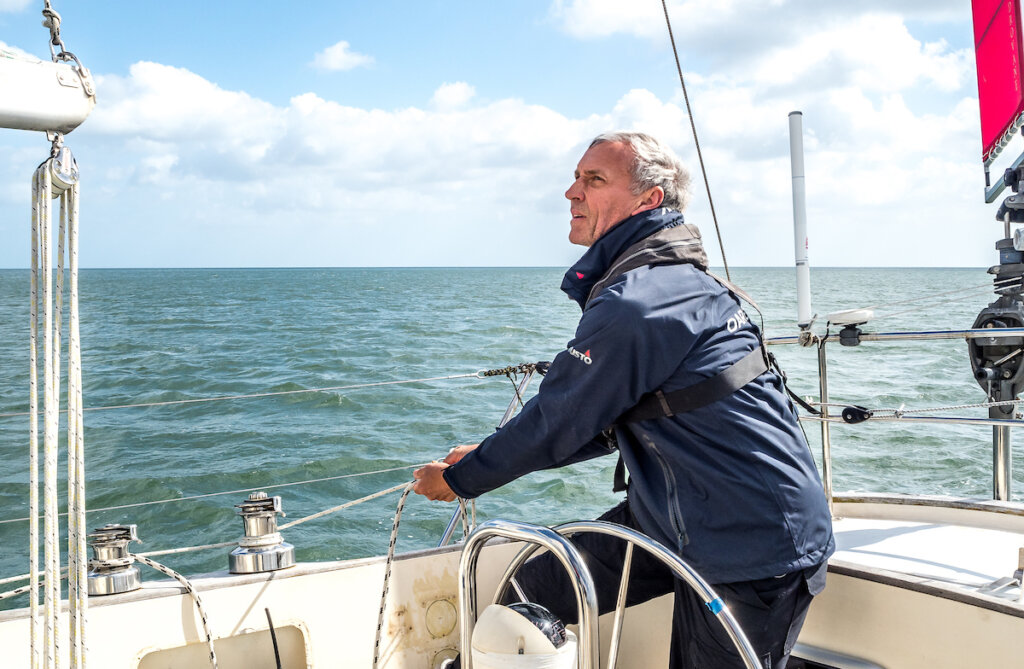
Favorable storm for Elliott Smith
East of Waites, Elliott Smith was able to maintain his speed during the storm he is in. Fremantle is therefore approaching faster than we thought. The American passed the exclusion zone at the end of the week. With less than 900 miles to go and daily averages of over 100 miles, he could potentially be in Fremantle in a week. Since Smith is still officially participating in the Golden Globe Race, he could repair his boat in the Australian coastal city and sail to Hobart. If he manages to get there before January 31, he will be able – like Waites – to continue his journey in Chichester class.
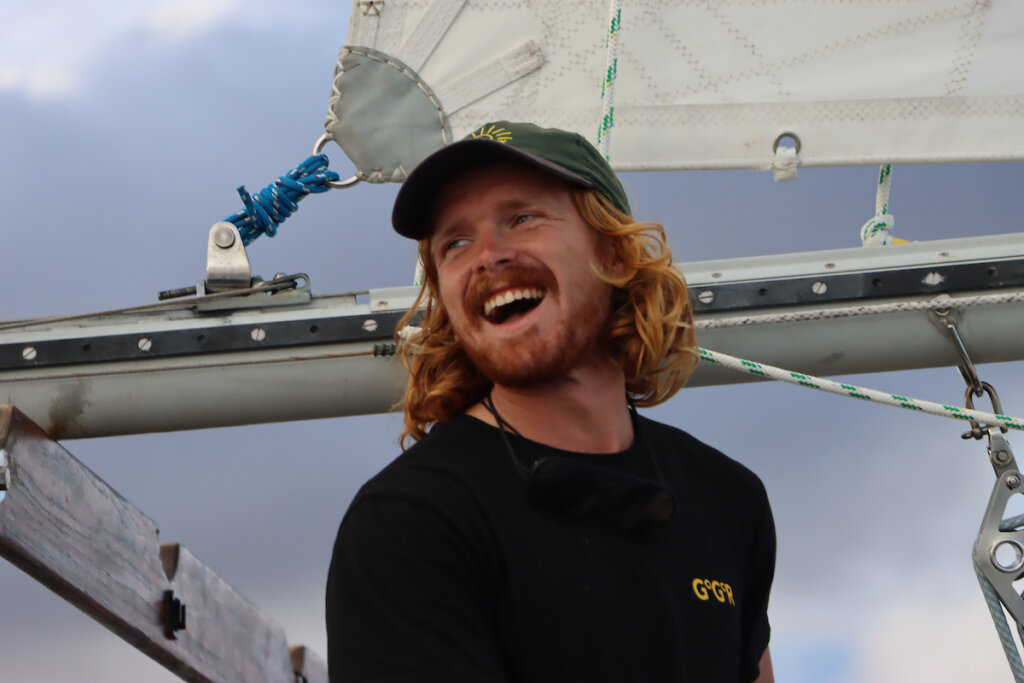
Hobart like the calm after the storm
Last week was the week of the pursuers. As race number four Michael Guggenberger, like his predecessors, floated painfully slowly through Storm Bay and passed the media drop point in fourth place, his two pursuers quickly caught up with him. Jeremy Bagshaw and Ian Herbert-Jones were able to take advantage of a low pressure zone coming from the west. They are expected to arrive in Hobart sometime next week, but numbers five and six are also expecting a high pressure there which may cause a considerable delay.
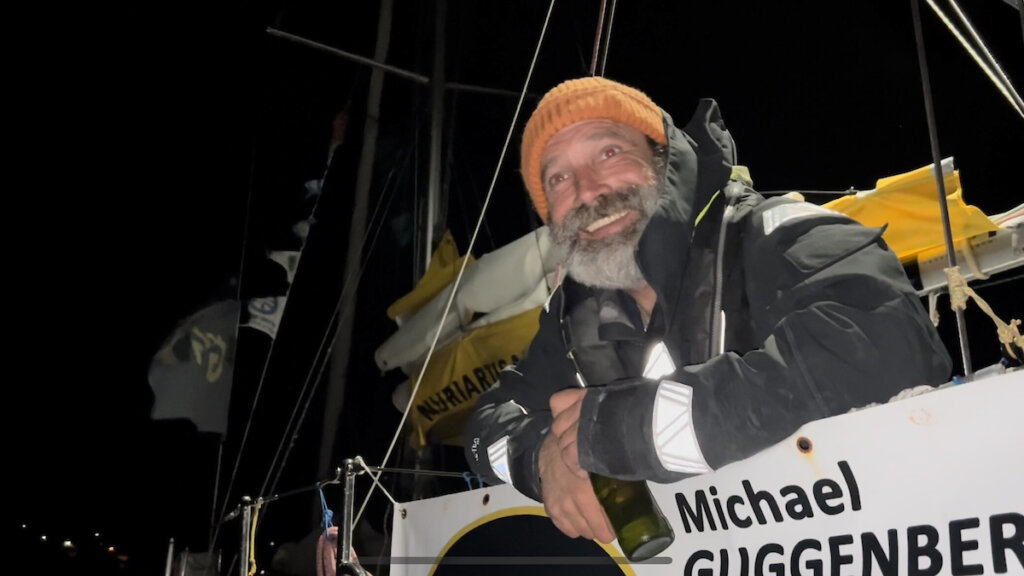
After the obligatory 90-minute stop to speak to the organization and the various media, Guggenberger did not miss the opportunity to rest in the shelter of Storm Bay. Like Abhilash Tomy before, Captain Gugg decided to wait in Hobart for a more favorable wind before heading back to Cape Horn. It also gave him the opportunity to reef his mizzen, so he’s just a little better prepared for the infamous South Pacific. Leaving in the second half of the week, he had widened a gap of around 700 miles with Bagshaw. Even if the Briton gets carried away strongly, he will probably lose ground again in the calm around Storm Bay, so that Guggenberger – who faces a week with difficult wind forecasts – can again exhaust himself.
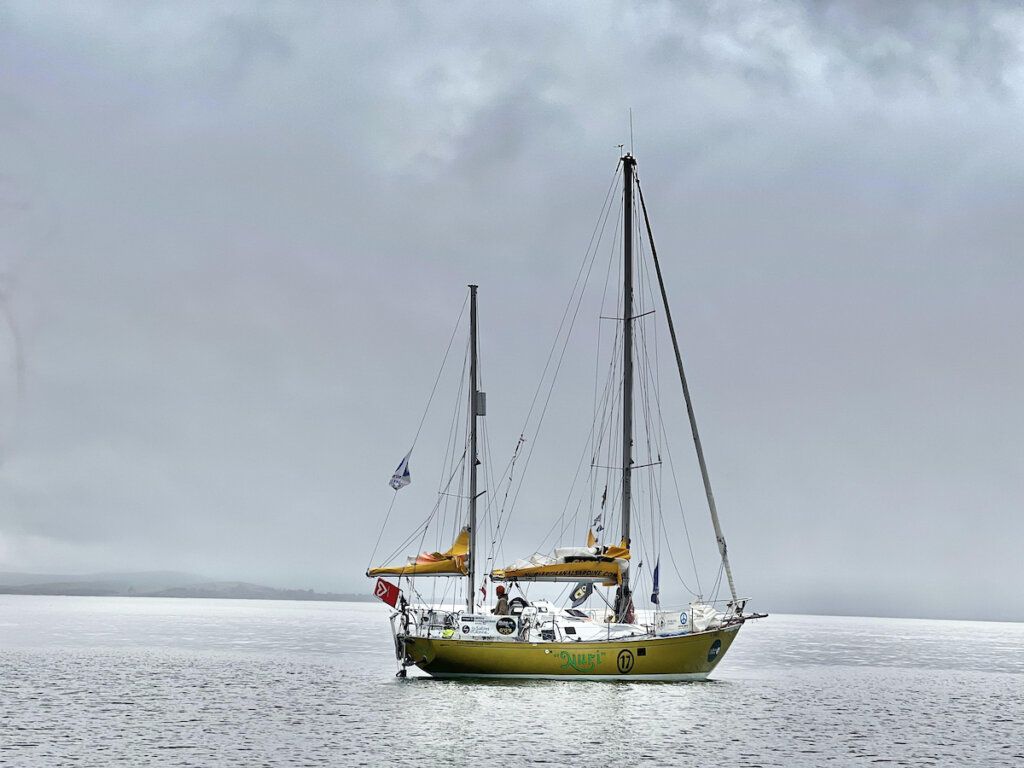
Caught in the shadow of the wind
The Austrian will probably join numbers two and three in turn: Abhilash Tomy and Kirsten Neuschäfer. The choice of Neuschäfer for another route further south turned out to be the case last week didn’t turn well, so Tomy was able to catch up quickly and even passed her earlier in the week. But it was also the end of speed, as an area of high pressure and the wind shadow of the South Island of New Zealand caused the speed of numbers two and three to be completely exceeded.
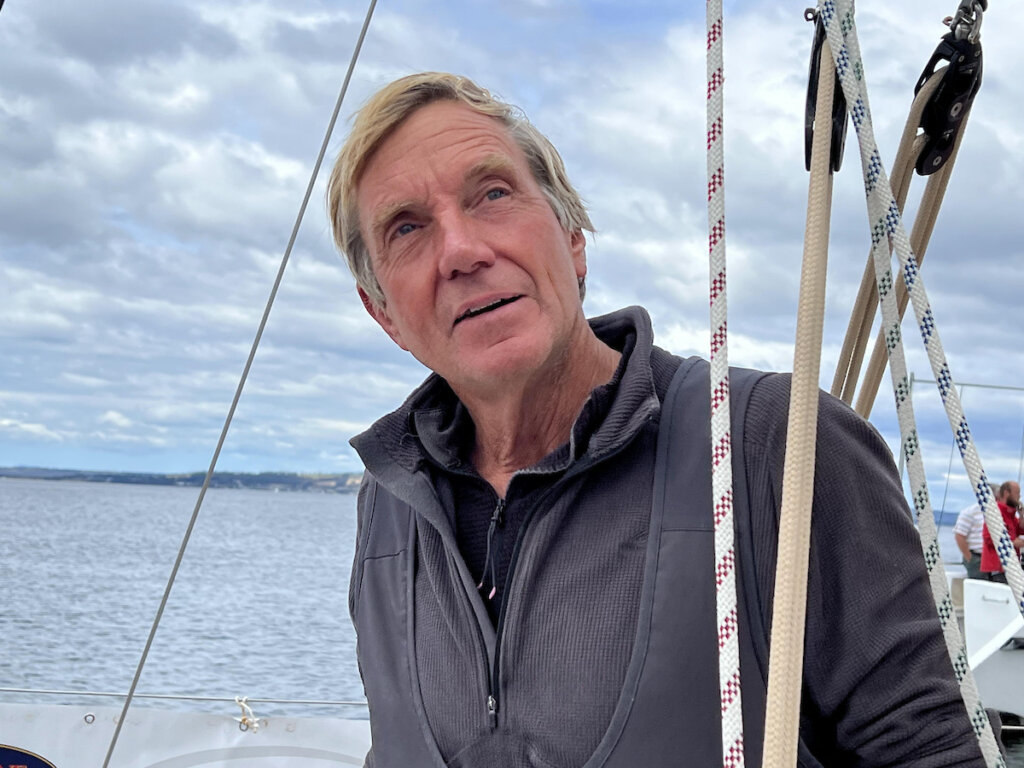
The two sailors must have passively observed that the leader Simon Curwen is taking advantage of a south-southwesterly wind and now extends his lead to 700 miles. According to forecasts, Neuschäfer and Tomy would be affected by the high pressure area for another 24 hours. Enough for Guggenberger to gain another 100 miles and Curwen to extend his lead another 100 miles. 24 hours on a world tour is not much, but if you are caught in a calm, it is.
Cover photo: Nora Havel GGR / Nora Havel
You can read all about the Golden Globe Race and a weekly report on our special contest website. Do you prefer to track sailors on a daily basis? Then check the live tracker organisation.
Key words: Golden Globe Racing 2022, solo sailing, competition sailing Last modification: January 10, 2023

“Devoted bacon guru. Award-winning explorer. Internet junkie. Web lover.”
 DodoFinance Breaking News Made For You!
DodoFinance Breaking News Made For You!
